Research

Microbiome Assembly of Butterflies
My main research question is about Microbiome Assembly of Solitary Pollinator. A specialized gut-microbiome is important for many pollinating insects, particular in the light of Pollinator Health and Insect Decline. While microbial associations have been extensively studied in social pollinators like honeybees, far less is known about Solitary Species, which must acquire their microbiota from Environmental Sources. Still, major drivers of microbiota assembly in wild pollinators remain largely unexplored. To address this gap, I investigate microbial accumulation dynamics in both European (see Pieris Project) and Neotropical Butterfly species (see ANDIV Project).
Current Research Interests
- Microbiome Assembly
- Plant-Pollinator Networks
- Pollinator Health & Immunity
Dynamics of Microbial Enrichment in Adult Butterflies
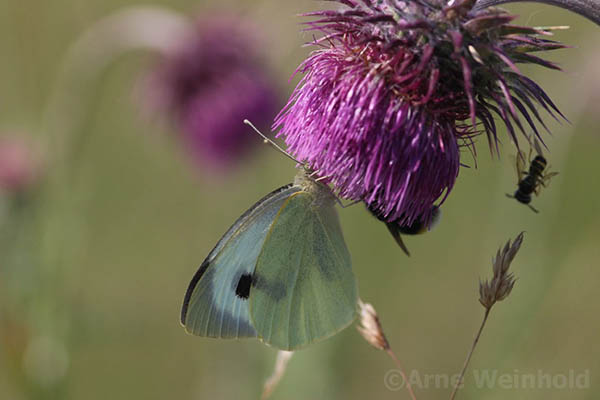
I use cabbage white butterflies (Pieris spp.) as a model for solitary pollinators to investigate how the timing of Microbial Acquisition shapes Community Assembly dynamics over time. By combining molecular techniques, ecological modeling, and both quantitative and qualitative approaches, I can test hypotheses on host selection and Neutral Community Assembly in natural habitats.
Empirical tests within controlled setups will allow to distinguish among stochastic and deterministic processes and the impact of Priority Effects during microbial community assembly. Understanding these dynamics will provide insights into how anthropogenic influences can disturb microbiota assembly of wild pollinators.


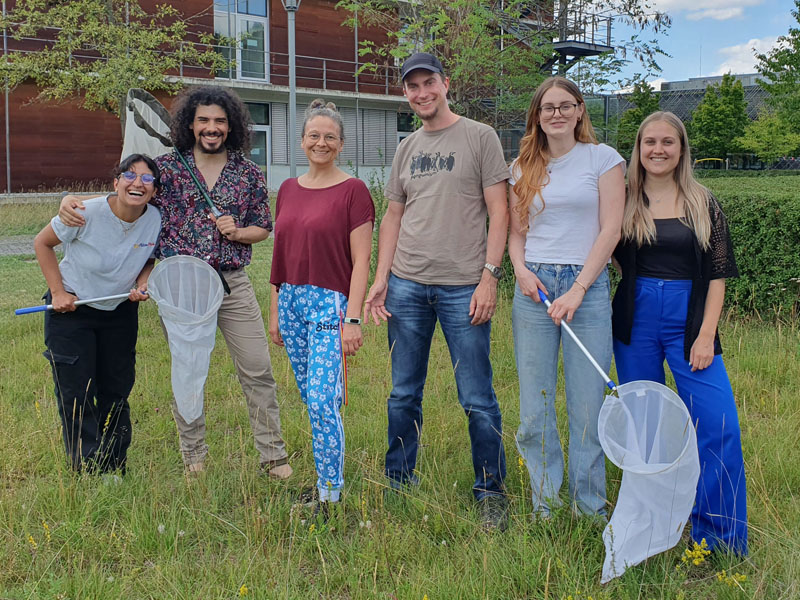
The butterfly sampling team of 2025 @ LMU Alejandra, David, Anika, Arne, Pia & Gweni
Diversity of Butterly Microbiota along an elevational gradient in Peru
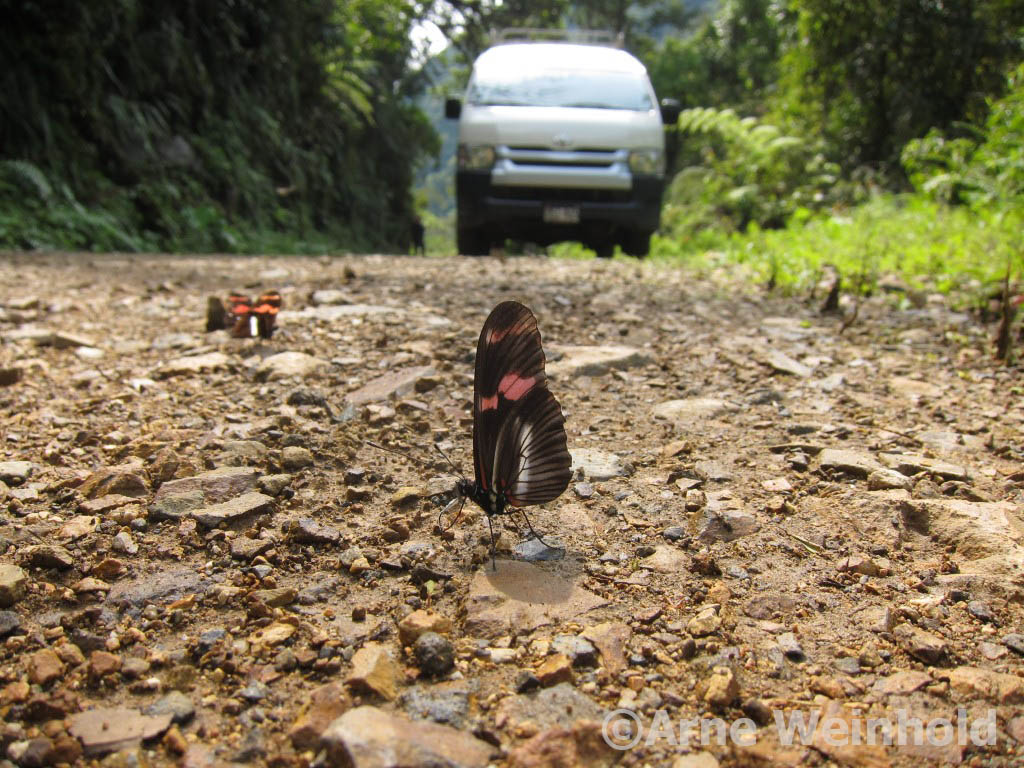
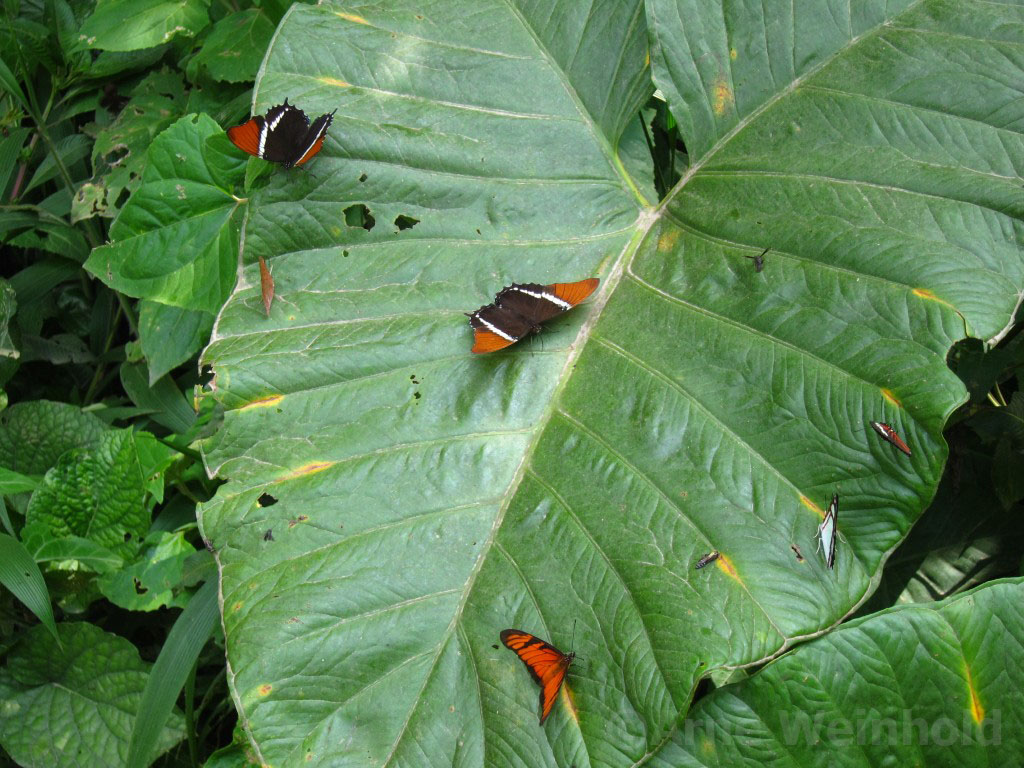
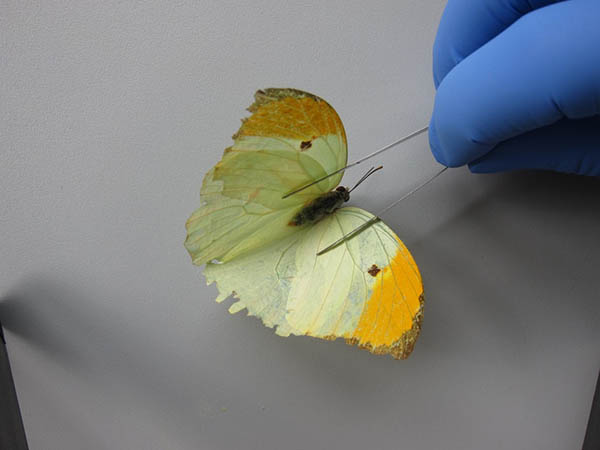
The ANDIV project is a collaboration between the universities of Munich, Würzburg and Jena. The goal is to investigate tropical insect diversity and their microbiota along an elevational gradient in the Peruvian Andes. This includes the four major holometabolous insect groups Hymenoptera, Coleoptera, Diptera and Lepidoptera. This project provides a great opportunity to include neotropical butterflies from the Pieridae and Heliconiinae. Specimen have been collected in the Kosnipata Valley near Manu Park including visits of the Manu Biostation and Wayqecha Biological Station. The aim is to disentangle environmental drivers of butterfly microbiota from phylogenetically conserved core-pattern. This combines the use of Metabarcoding for gut-microbiota analysis and Barcoding of individual specimen for insect identification.


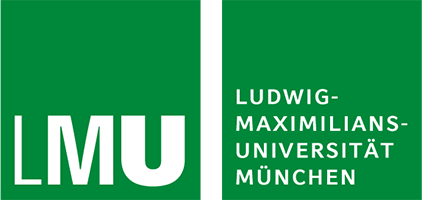

Environmental Driver of the Bumblebee Microbiota
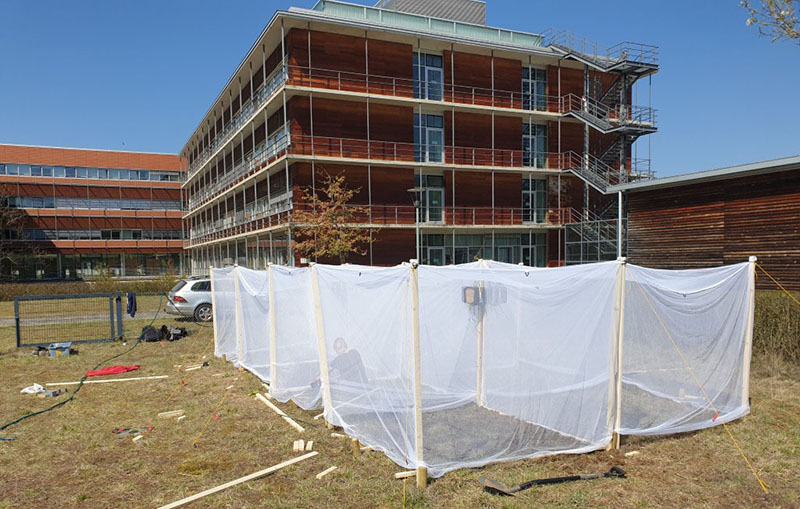
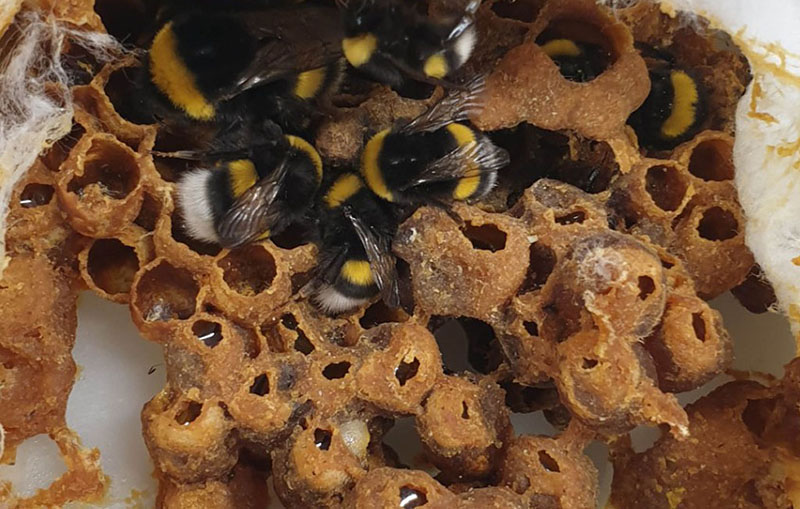
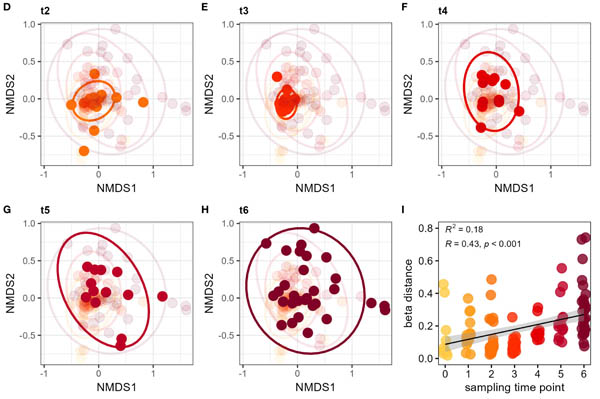
This was our first semi field experiment at LMU campus Martinsried. We used outdoor flight cages to test how the microbiota of Large Earth Bumblebee (Bombus terrestris) changes when exposed to different flower diversities. Monocultures within Agroecosystems can have negative consequences for pollinator health and fitness, but it is unclear how this infuences the gut-microbiota. We observed a dynamic Temporal Progression in microbiota diversification with distinct compositional changes over time. Members of the family Lactobacillaceae showed an increase, while major core-taxa (Snodgrassella and Gilliamella) declined in their relative abundance. This highlights the importance of field-based observations to resolve an unexpected plasticity even within highly conserved core-taxa of social pollinators.
